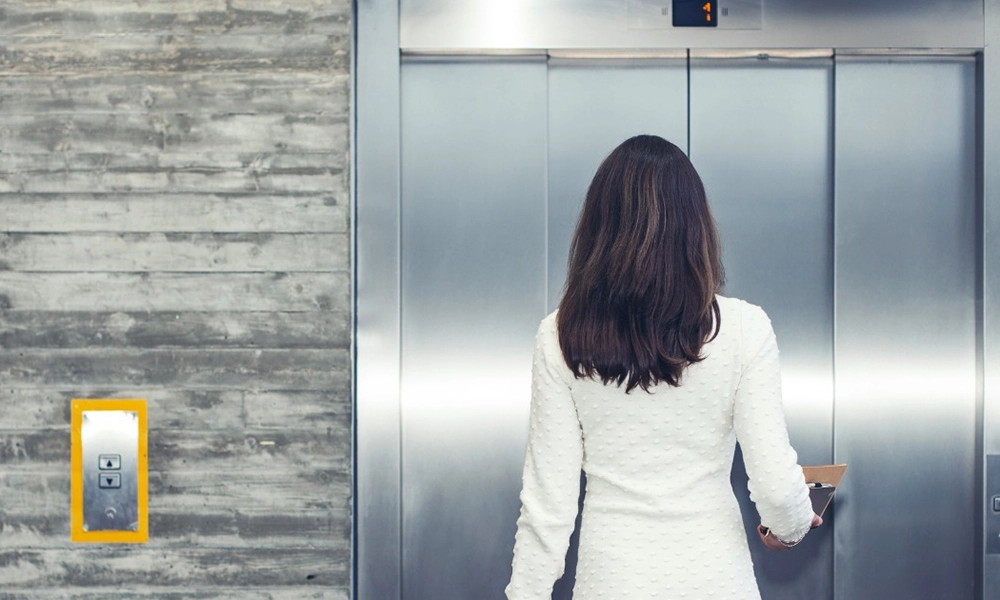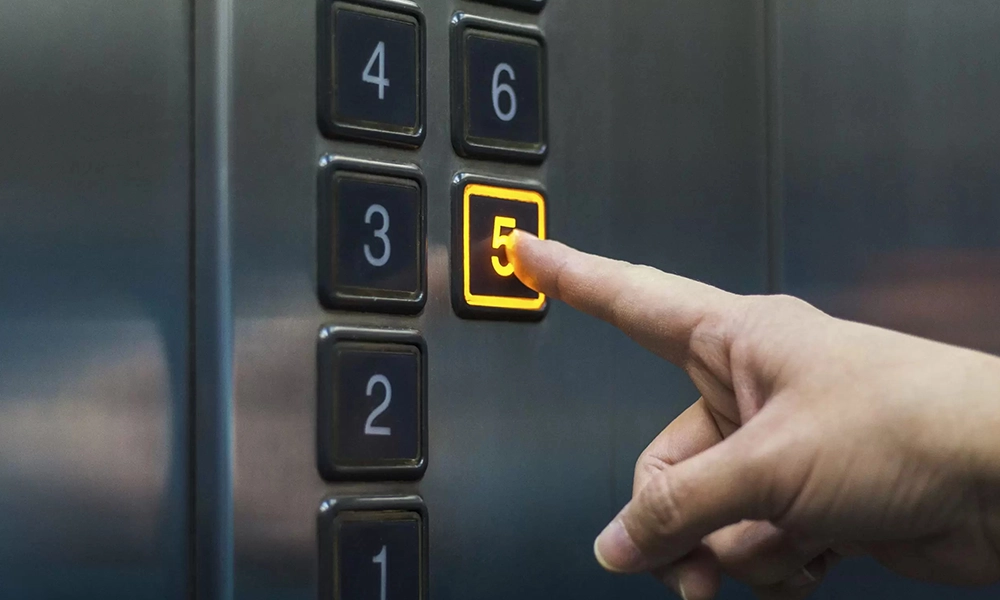Nowadays, elevators can be seen everywhere, whether in housing, shopping malls, or subway stations. Elevators have gradually integrated into our lives. With the increasing popularity of elevator rooms, there is an urgent need for popularization of elevator safety knowledge. At critical moments, understanding some elevator emergency knowledge can save a life.
1、 Elevator power outage
Generally, there are many safety ropes on the elevator car, which have a high safety factor. So, elevators generally do not fall off the elevator shaft. Elevators are equipped with anti fall safety devices, which will not malfunction even if there is a power outage or the lights are turned off. There are usually instructions inside the elevator that tell you how to handle this situation. Most elevators have emergency bells, and you should first press this button to inform those around you that someone is trapped inside the elevator. If there is a signal inside the elevator, you can make a phone call. You should first follow the instructions inside the elevator and call the elevator fault hotline for help. If there is no one on duty to call for help, then call the police. Tell the other person your location.
2、 If the safety rope on the elevator breaks
Of course, this situation rarely occurs. People inside the elevator should take protective actions to avoid serious injuries to their bodies. At the same time, there are buffers at the bottom of the elevator shaft to reduce the impact speed when falling, so the probability of fatal accidents is very low. The purpose of taking protective measures is to prevent the impact of the elevator landing moment from causing damage to the brain, spine, and heart of the person. Specifically, do not stick tightly to the elevator door in the elevator and maintain a certain distance. To cushion the impact, one should mainly land on the ground with their toes and raise their heels, which can allow less impact to be transmitted along the heels towards the leg; At the same time, the knee bends to withstand the impact and change the direction of the impact, trying to avoid transmitting it to the spine while protecting the brain and heart from injury. If there is a handle in the elevator, be sure to hold it tightly so that you won’t fall due to unstable center of gravity. The main purpose of this method is to sacrifice legs and arms in exchange for protecting the spine, heart, and brain from harm. Of course, fractures may occur.
3、 After the elevator doors and landing doors are closed, the elevator does not start running
In this situation, you can first press the door opening button on the control panel to open the elevator door, and then press the door closing button to close the elevator door, and see if the elevator has resolved the fault and continues to operate. It can be repeated once or twice, or manually pushed to help close the door. If it still doesn’t work, you have to press the door button to open the door and release the person. You can inform the elevator management department by pressing the alarm bell or calling, and have it repaired by professional personnel.
4、 After the elevator runs, it stops and does not open the door, resulting in being trapped in the elevator car
In this situation, one must remain calm because elevators are mature and safe transportation equipment, and “stopping the elevator” is a safety protection measure for elevator operation failures. The safe and effective self rescue method at this time is to inform the elevator manager through the alarm button on the control panel or by phone, and have elevator professionals rescue or request 110 rescue.
It is not recommended to forcefully open the door or rescue oneself from the car roof safety window. Because climbing out of the elevator car does not necessarily mean rescue, most passengers are unfamiliar with the elevator shaft and structure, and blind self rescue often leads to greater danger.
5、 After entering the elevator car, the elevator starts running without closing the doors, and the speed keeps getting faster and faster
In such a situation, one should not panic and should never rush to escape the elevator car. The correct approach is to keep all passengers as far away from the car door as possible and make a bending motion. Because the elevator car will stop abruptly when it exceeds the rated speed or reaches the end station, bending the knees can alleviate the discomfort of the human body to the “emergency stop”.






